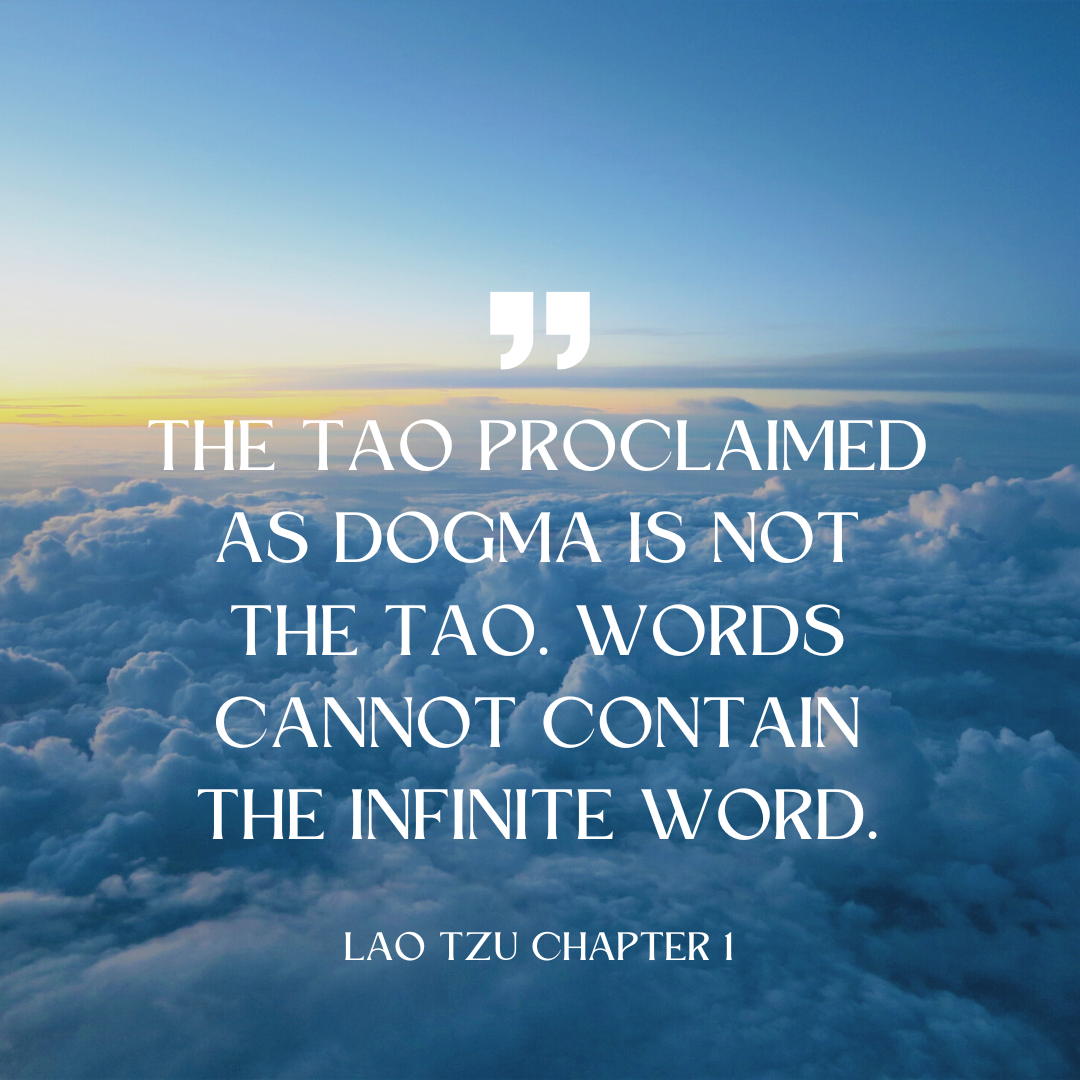Glossary for Our Rendition of The Tao Te Ching
Since you might catch excerpts here and there online of our new release: The Tao Te Ching: A Playfully Sincere Rendition, here’s a glossary of some of the terms used.
A Sage—One who embodies wisdom. You the reader are invited to take on this role. The Sage cultivates and sustains a peaceful and balanced state of mind and life. Throughout our rendering, we use the third person singular “they” or “them.” It is important to remember that sagacity is not the domain of any single gender, that we are all healthiest when we recognize both the masculine and the feminine within us, and that the way of domination tends to use constructed gender norms to reinforce hierarchical structures. The original Chinese term shen ren means a holy person, or a saint; but it's important to realize that the ideal here is not complete escape from the world, but rather natural, spontaneous, and compassionate engagement with the world and its inhabitants. We use the indefinite article "a," instead of "the," to emphasize the various ways in which we might express wisdom in diverse contexts. There are various contexts into which we might apply important principles from the Tao Te Ching, like naturalness, spontaneity, and the way of non-domination. To use the language of ethics, this book emphasizes a normative approach known as virtue theory or personalism. That is, it does not rely on rational axioms, calculations of pros and cons, or cultural rules, but on the characteristics one believes to be noble. Virtue ethics is suited to nimble moral action within a world that repeatedly poses new moral questions.
Surfing the Tao—Living in accord with the principles of the Tao, in a manner that engages the world with the power called Te. We use this phrase to indicate the core concept of wu wei, or acting by not acting, the way of non-domination, or going with nature's flow. Surfing is a helpful metaphor, since it makes playful use of natural energy, with minimal exertion. At the beach, surfers avoid wasting time swimming against a current, but instead learn to use the power of the flowing water to get where they want to go. By analogy, surfing the Tao involves nonviolence, acting without forcing things, channeling the forces of reality, working effortlessly as one learns to float upon the ripples of existence. We at one time thought we might find a way to escape the systems of this world entirely, but we've come to see this book as a guide for existing on the edges of the system, without getting consumed by it and without worshipping the gods of that system.
Tao—Both the Way and the source of all. We leave it untranslated because, as the first line of this work informs us, it's essentially indefinable. We can only dance around its reality. We can't define it dogmatically. It's sometimes described in ways that resemble the divine creative principle or Logos Spermatikos of the Stoic philosophers, or the subsequent identification of Jesus with the “Word” or Logos in Christian teaching. For those who grew up in a Western context, such connections might be helpful at first, but it’s important to let the text speak for itself and stimulate new ways of thinking about each concept involved. The best way to define this term is to see how the 81 chapters of this book use it.
Te—This term can mean “virtue” in both the moral sense and also in the sense that it is an inner power or quality of something. For instance a virtue of coffee is to wake a person up or a virtue of coconut oil is its ability to soften skin. Te is the force that flows from the Tao. Through a mystical realization of our unity with all existence, one can develop an intrinsic power to live virtuously. This has nothing to do with fear of punishment or hope of reward. Rather, the three virtues of compassion, minimalism and non-domination (chapter 67) arise spontaneously once we become aware of the flow of nature.

